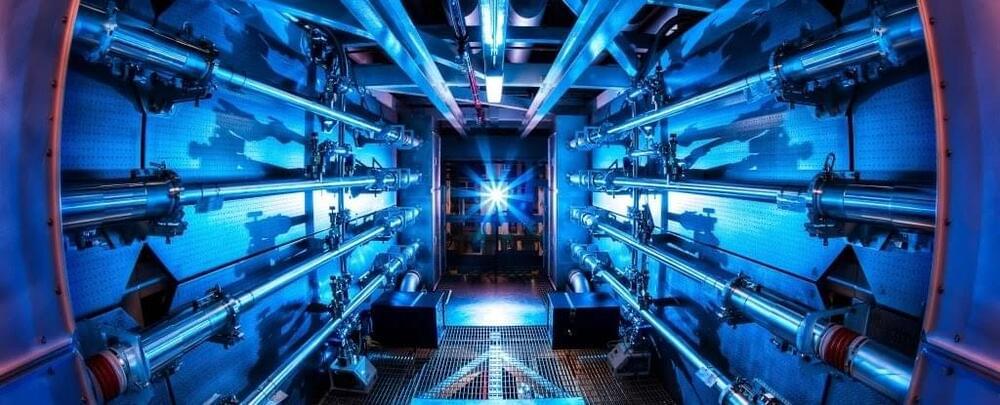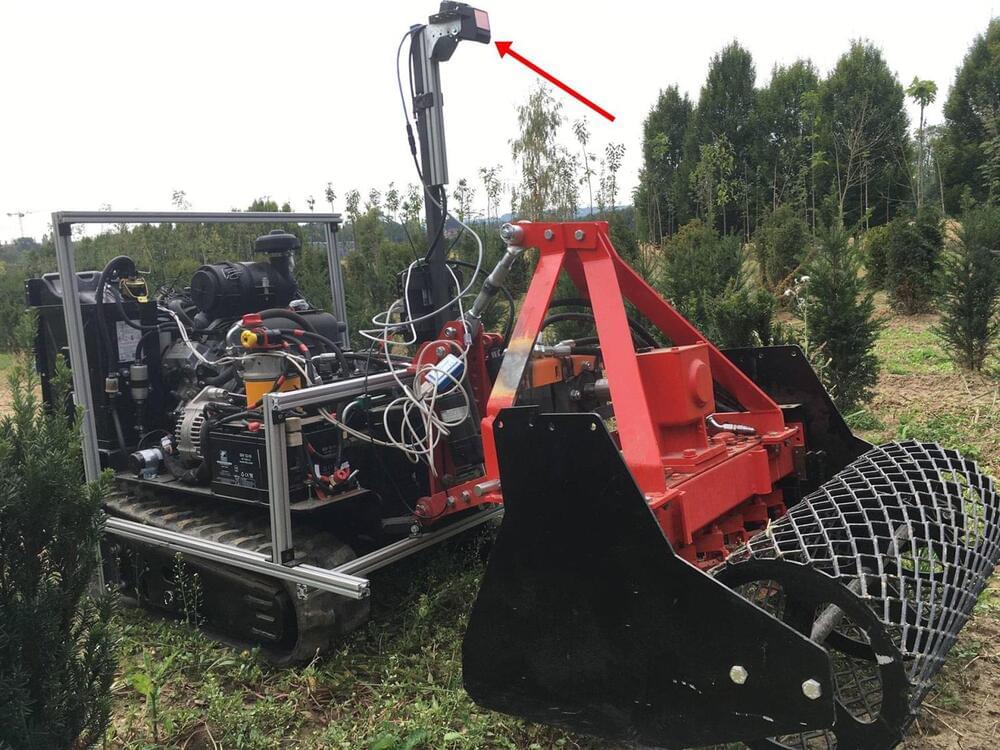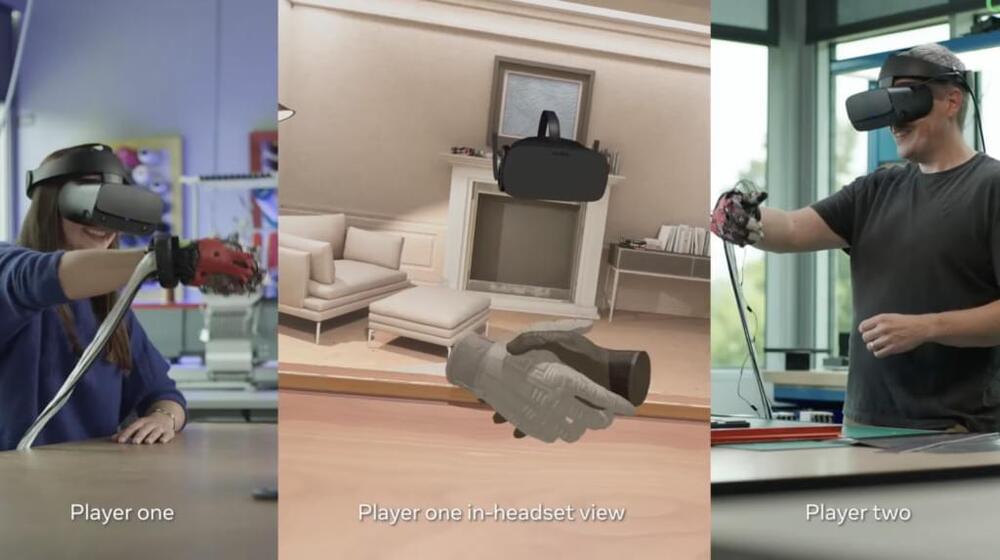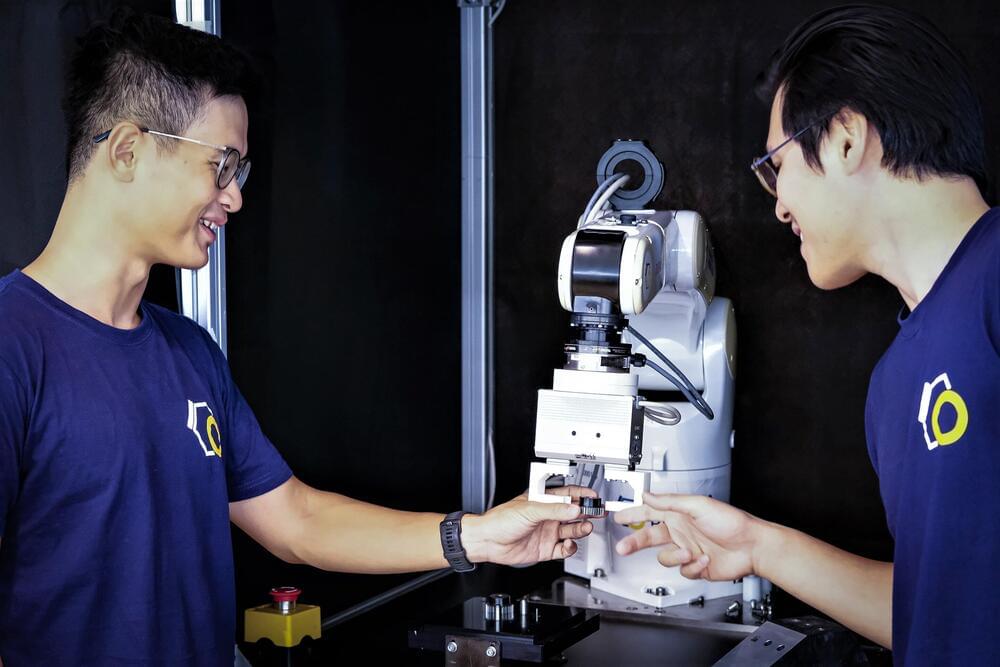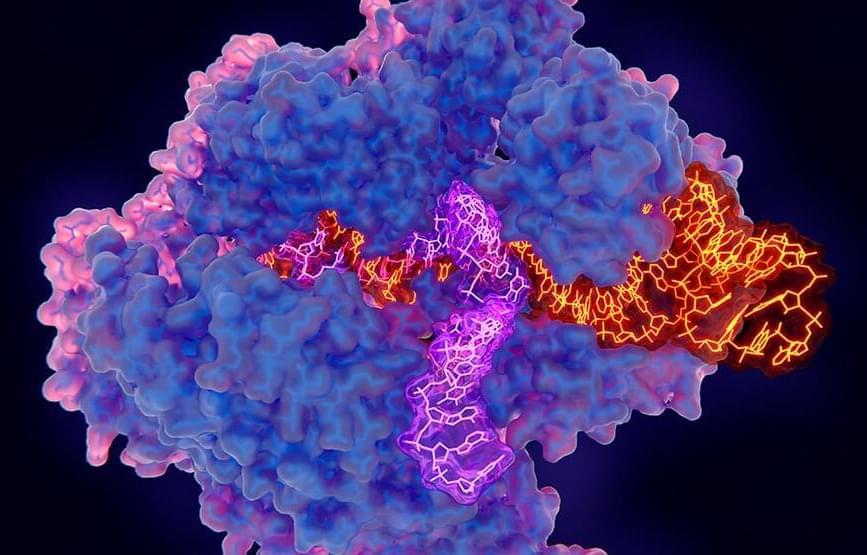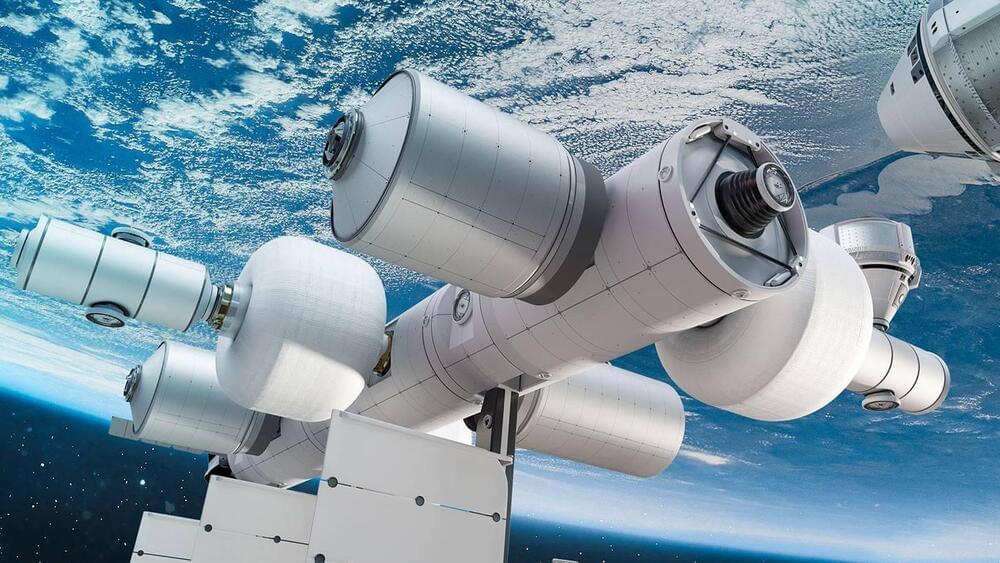
Jon Kaas, Gertrude Conaway Vanderbilt Chair in Social and Natural Sciences, Distinguished Centennial Professor of Psychology and associate professor of cell and developmental biology, received the Ralph W. Gerard Prize in Neuroscience, the highest recognition from the Society for Neuroscience, for his pathbreaking work in illuminating the structure and function of the cerebral cortex and plasticity in the developing and adult brain.
Through mapping the cerebral cortex in 30 mammalian species over his career, Kaas has shown the functional and structural organization of the visual and somatosensory—that is, sensations that span the body, such as warmth—systems in detail. Through detailed pictorial construction and electrophysical mapping, Kaas reversed a scientific dogma that brain plasticity only occurs in early life. This has led to new approaches to rehabilitation from brain damage after stroke, from macular degeneration or from motor system disorders and injuries.
“I’m pleased to share this award with Bob Desimone who has done such wonderful research, and who we once tried to convince to move to Vanderbilt,” Kaas said. “From my first days at Vanderbilt, I have worked with outstanding graduate students, undergraduates and postdocs, who made everything possible. The support of members of my Department and other faculty at Vanderbilt has been especially important.”


